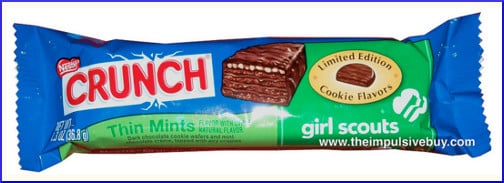
Five years ago, Michael F. Jacobson wrote for The Huffington Post:
The truth is that the food industry’s single biggest priority is preserving its ability to market junk food to young kids.
Jacobson was speaking as cofounder and executive director of the Center for Science in the Public Interest (CSPI) where he currently holds the post of president. He was talking about the industry’s reaction to the guidelines that had been crafted by the Interagency Working Group, in cooperation with First Lady Michelle Obama’s efforts to reverse childhood obesity.
The best minds from the Centers for Disease Control and Prevention, the Food and Drug Administration, the U.S. Department of Agriculture, and Federal Trade Commission got together and worked out a set of voluntary, non-binding recommendations that were meant to improve the nutritional value of foods that traditionally have been marketed directly to children.
The Grocery Manufacturers Association said, in essence, “We don’t need no stinkin’ guidelines,” and announced publicly that resisting the recommendations was its top priority. The food industry got all self-righteously indignant and insisted that it already had its own perfectly functional guidelines. But to fight against suggestions for a totally voluntary program, isn’t that sort of like battling a ghost, or what logicians call a straw man?
Yes, but the straw man served a very useful purpose. By acting as if storm troopers broke down the industry’s door and demanded the surrender of its firstborn child and the family jewels, along with every particle of First Amendment freedom, it could portray itself as a victim, and concentrate the public’s gaze on a trumped-up non-issue. As Jacobson expressed it:
To deflect attention from the poor nutritional quality of its products, the industry is resorting to misleading fear-mongering, bogus economic and legal arguments and multi-million-dollar lobbying expenditures and campaign contributions to win its way with Congress and the Obama administration.
Also, if the notion that the industry needed recommendations started to gain traction, somebody might compare the proposed guidelines with the industry’s existing “self-regulatory program” and be appalled. Half a year later, an example came up of exactly the sort of mendacity the CSPI tries to curb. Nestle started selling candy bars based on the three most treasured varieties of Girl Scout cookies (caramel and coconut, peanut butter creme, and of course thin mints). The Girl Scouts organization had signed a licensing agreement and was totally on board because, of course, it received a share of the profits.
Under the banner of self-regulation, Nestle had supposedly made a commitment not to market candy to kids under 12. Since membership in the Girl Scouts is open to girls from ages 5 to 17, something was awry. A CSPI spokesperson pointed out that for the 5-to-12-year-olds, whether they are Girl Scouts or not, candy with the logo on the package is pretty much the same as candy with a popular cartoon character or whatever other images appeal to kids in that demographic.
An industry mouthpiece explained just which hairs were split in this slick end-run around the already weak standards of self-policing. Nestle had only agreed to refrain from advertising candy to children under 12 on TV and radio, and in video games and apps. They had never promised to keep images with kid appeal off all their wrappers. Here’s the kicker: Kids were in no danger from Girl Scout-affiliated packaging images because “grocery stores are primarily adult-oriented venues.”
Tell that to a frantic mom at the checkout counter who’s trying to find her credit card and wondering where her car key went, while resisting the entreaties of three kids who are all whining about different treats they cannot live without.
Your responses and feedback are welcome!
Source: “Fighting to Sell Junk Food to Kids: Really, Grocery Manufacturers?…,” The Huffington Post, 11/18/11
Source: “Health Advocates Say Nestle Co-Branded Candy With Girl Scouts…,” Adweek.com, 06/18/12
Photo credit: theimpulsivebuy via Visualhunt.com/CC BY-SA

 FAQs and Media Requests:
FAQs and Media Requests: 











